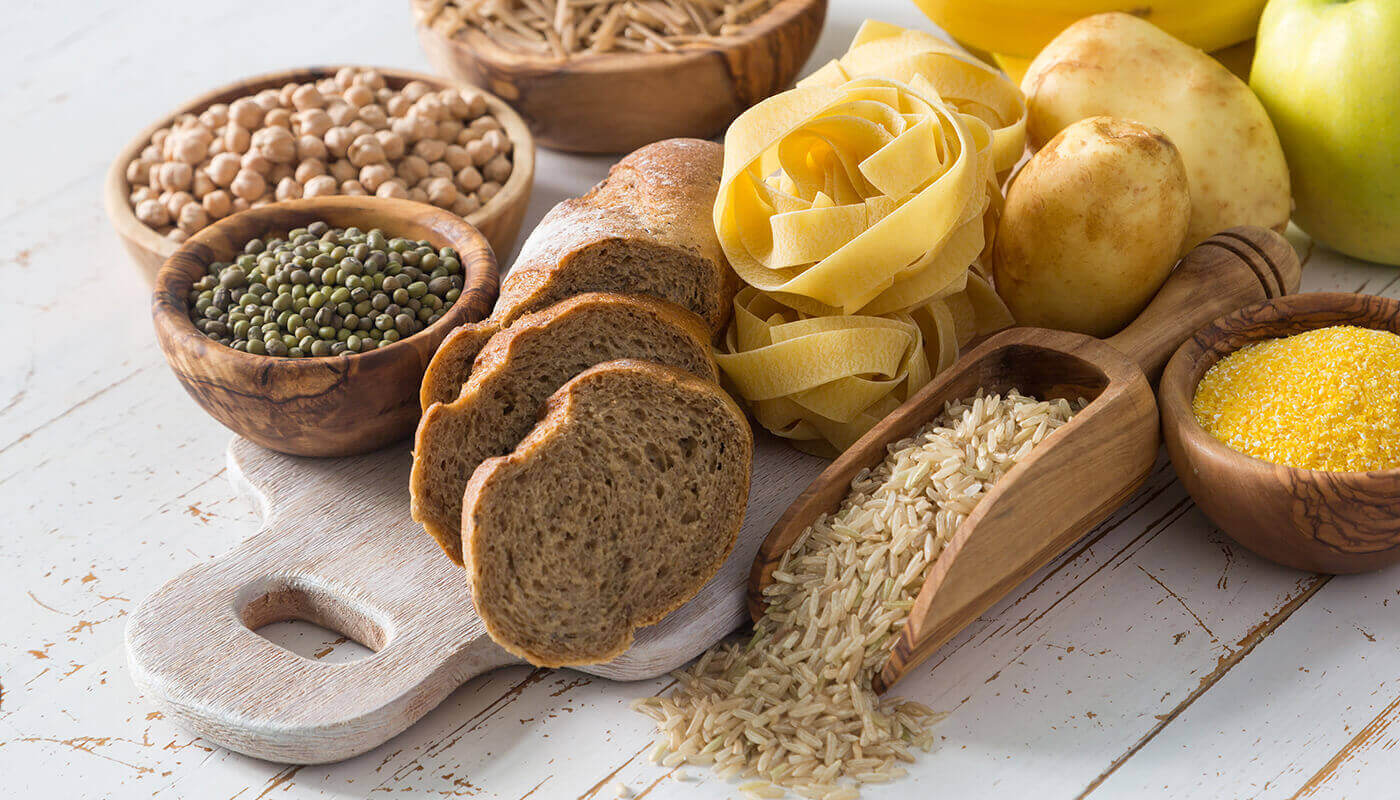In the past two centuries, we have made monumental advances in science and technology, allowing us to virtually eliminate famine in the developed world. Ironically, what we consider to be a tremendous success has created a new deadly challenge: obesity.
The abundance of food in the western world pits us against our instincts. We tend to eat whenever food is made available. This also means that even with ample access to resources, many of us aren’t able to tackle obesity effectively. You belong to a rapidly dwindling minority, if weight management issues haven’t troubled you at some point in your life.
Some of us blame our genes on obesity, while others hold their metabolism and diet accountable. The truth of the matter is, it is a combination. Genes can indeed dictate our metabolism. BUT, what we choose to eat can also influence our genes.
One of the best examples of this reciprocal evolution is the AMY1 gene. DNA changes in this one gene can predispose us to obesity, purely based on how much starchy foods are in our diet.
Salivary amylase and starch breakdown
Starch is a carbohydrate, and is one of our main sources of energy. It is found in large quantities in pasta and potatoes. The starch breakdown starts as soon as food mixes with saliva in the mouth. This is because saliva contains an enzyme called alpha amylase, which is responsible for the initial breakdown of starch.
Some of us have saliva that is supercharged with alpha amylase and others have very little of it. The difference is mainly due to genetic variants within the AMY1 gene, which gives instructions to make alpha amylase.
The AMY1 variant
We generally inherit two versions of each autosomal gene, one from our mother and one from our father. However, there is a variant of AMY1 called rs4244372 that is linked to how many copies of the gene can be found within our DNA.
Rather than just two copies, people can inherit anywhere between 2 and 18 copies of AMY1. The number of copies corresponds to the amount of enzyme we make.
Interestingly, being able to break down carbohydrates better, can lower your body mass index and reduce the risk of obesity. If you inherit less than four copies, you are eight times more likely to become obese. Each decreased copy appears to increase the risk of obesity by as much as 20%.
Changes in diet through history
The answer to why many of us have more than the usual two copies of AMY1 may be explained by how our diet has changed through history.
Humans went from being hunters and gatherers to become farmers. Corn, wheat, barley and rice became a big part of our diet. As a consequence, it became necessary to develop ways to extract as much nutrition as we could from these starchy foods.
Being able to digest starch efficiently is a much faster way to replenish glucose levels in the blood. This would provide an advantage for labor-intensive lifestyles like farming. In short, our genes evolved and effectively changed our metabolism to match our diet and lifestyle.
Amylase and insulin
However, the effects of AMY1 copy number variation do not stop at starch breakdown. AMY1 variation also affects how we regulate blood glucose levels.
If a person with low alpha amylase levels eats a high starch meal, they will experience a spike in blood sugar levels. The same meal will not induce a blood sugar spike in a person with high alpha amylase levels.
This might seem counterintuitive, since people with higher amylase actually digest starch faster. Insulin is the key to explaining this conundrum between AMY1 and obesity. Insulin is a hormone that directs the removal of sugars from blood into tissues to be used as energy.
People with more alpha amylase make more insulin. So they are able to use sugars produced from starch breakdown more efficiently. People with less alpha amylase produce less insulin and glucose stays around in the blood. High blood glucose and low insulin work hand-in-hand to increase the risk of obesity.
Can you efficiently digest starch?
In terms of understanding the effects of alpha amylase levels on metabolism, researchers have barely scratched the surface. We don’t know if having more amylase in our saliva makes starchy food taste better or if it leaves us feeling more full.
What we do know is that it can help us decide whether a low-carb diet will help us lose weight. These days, when we could use all the help we can get in our fight against obesity, testing for AMY1 copy number variation can give you just the edge you need to stay ahead in the game. Take the DNA Weight Loss Test today and find out.















